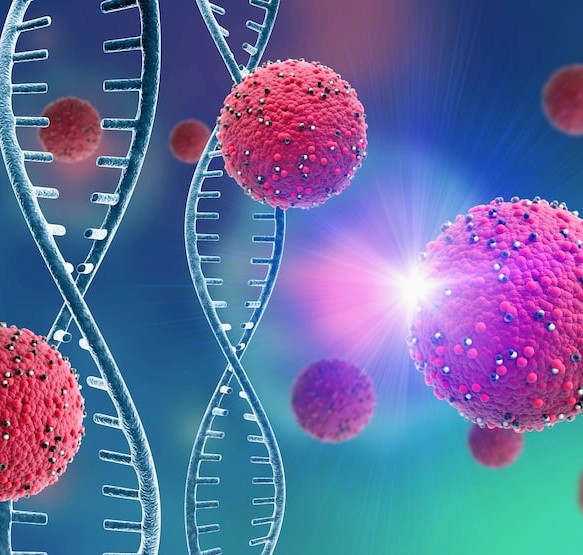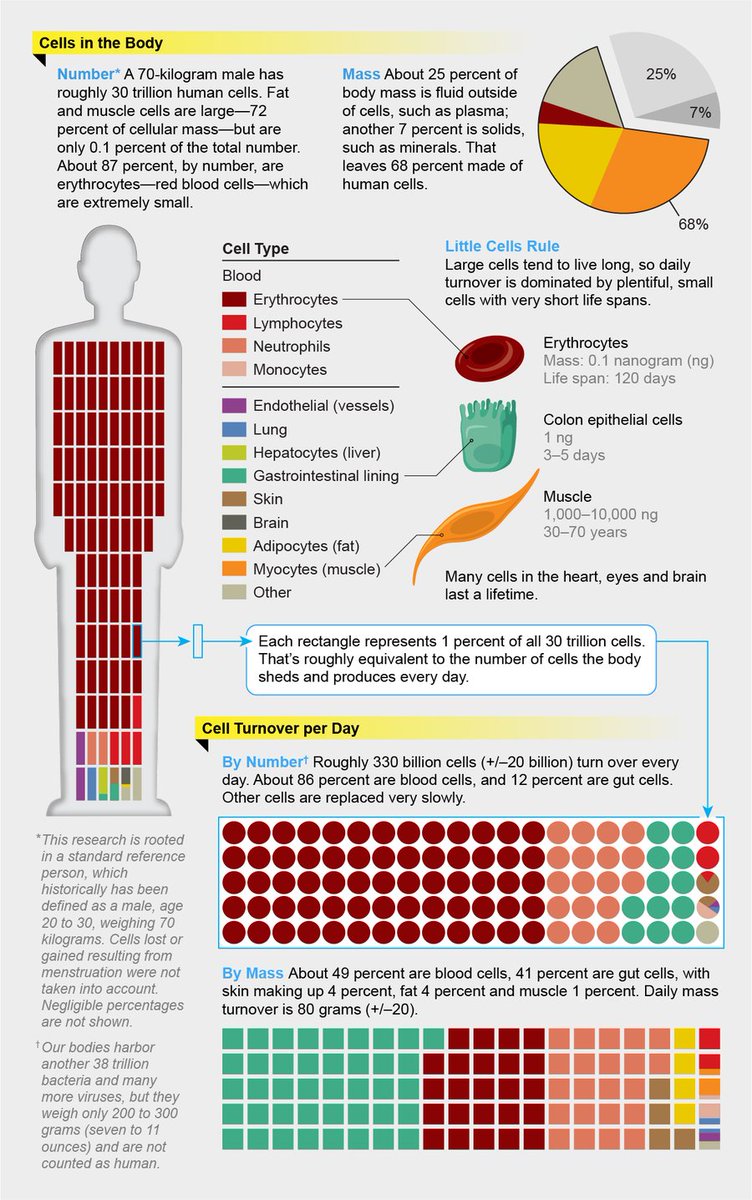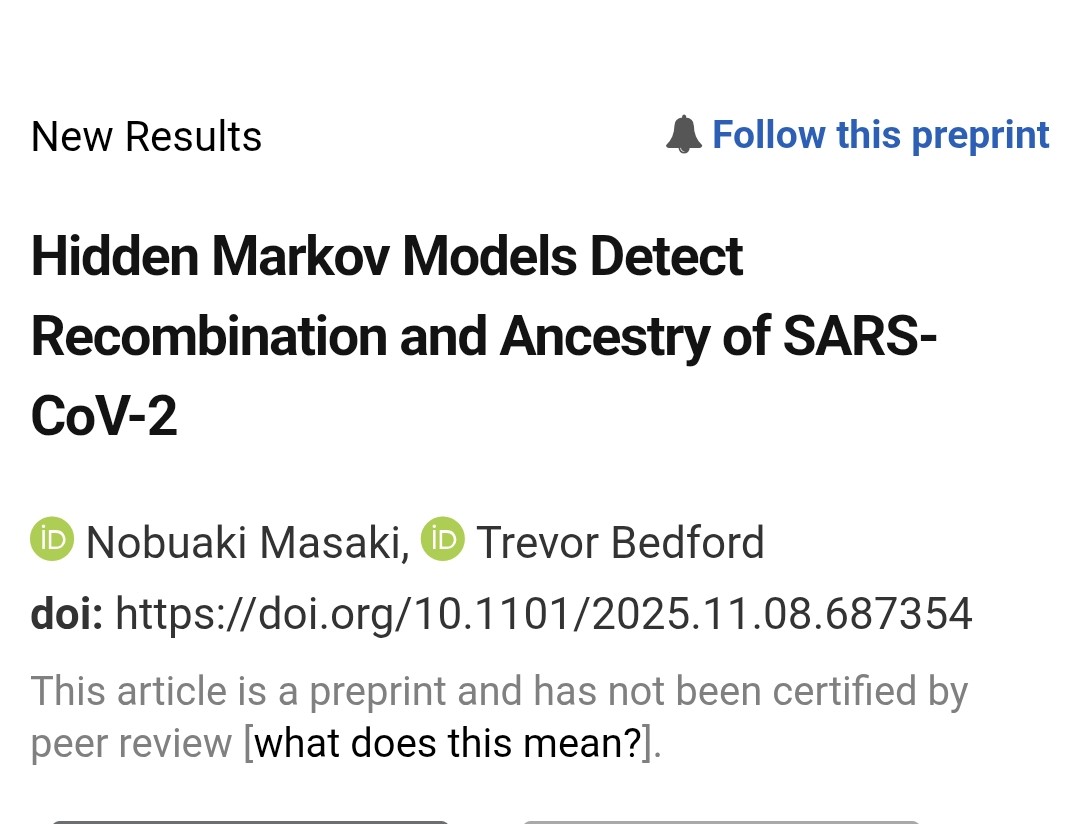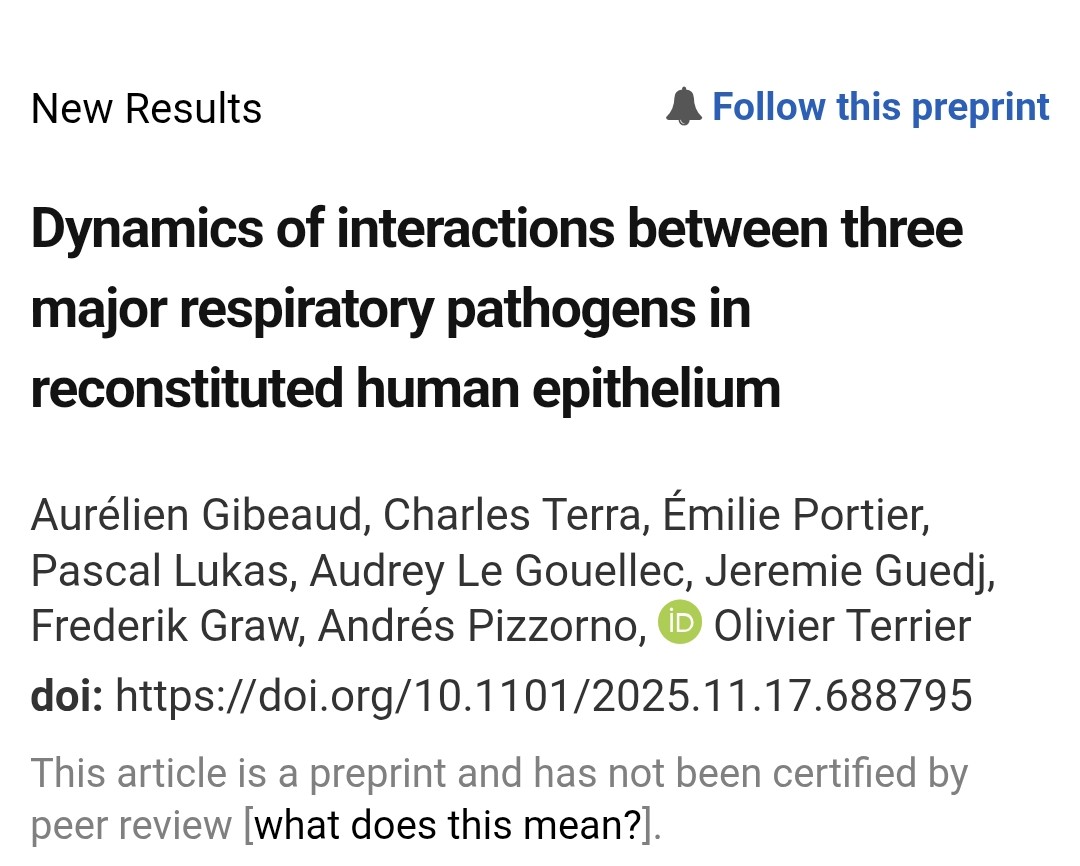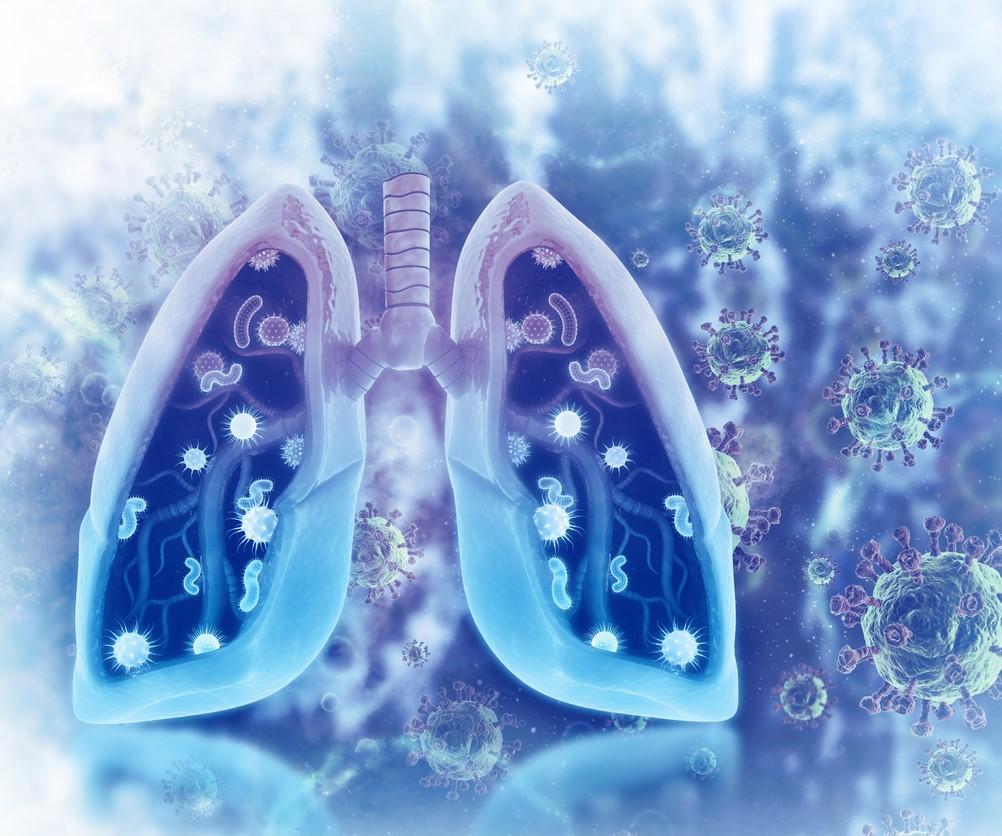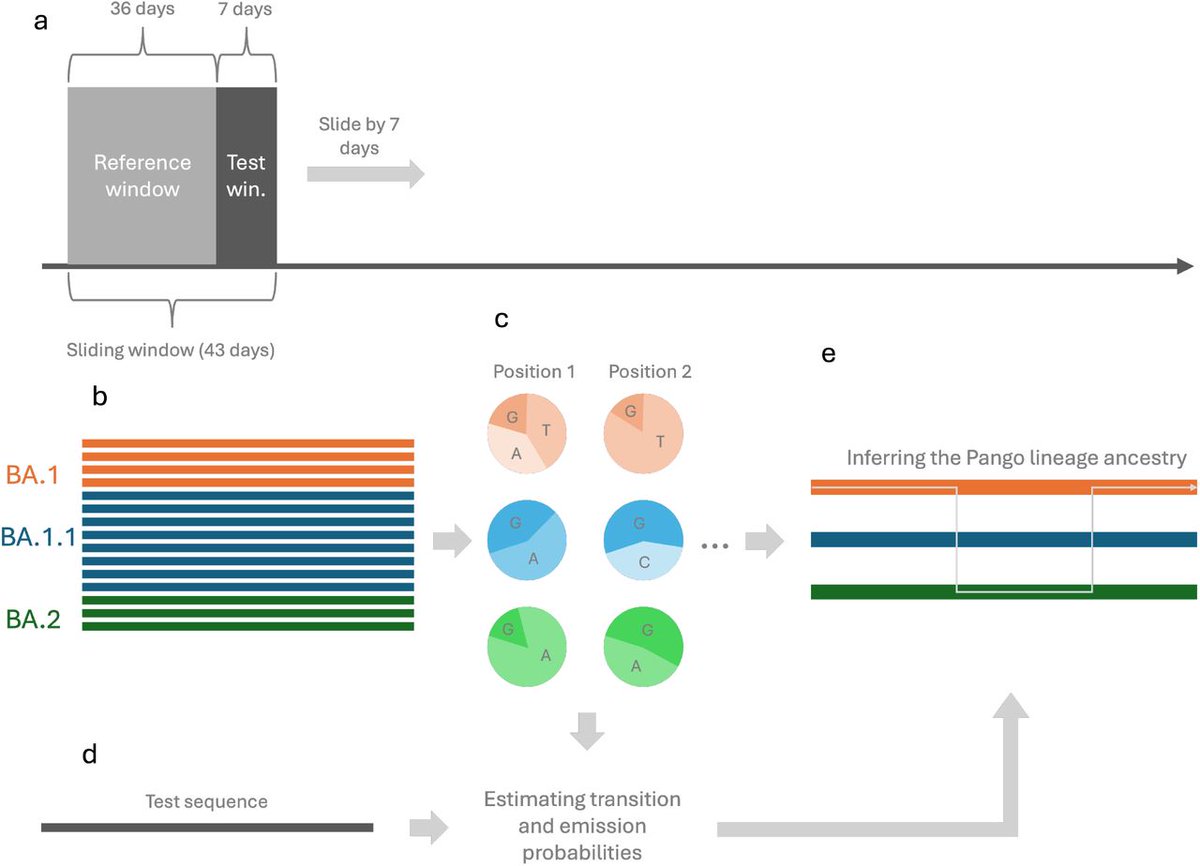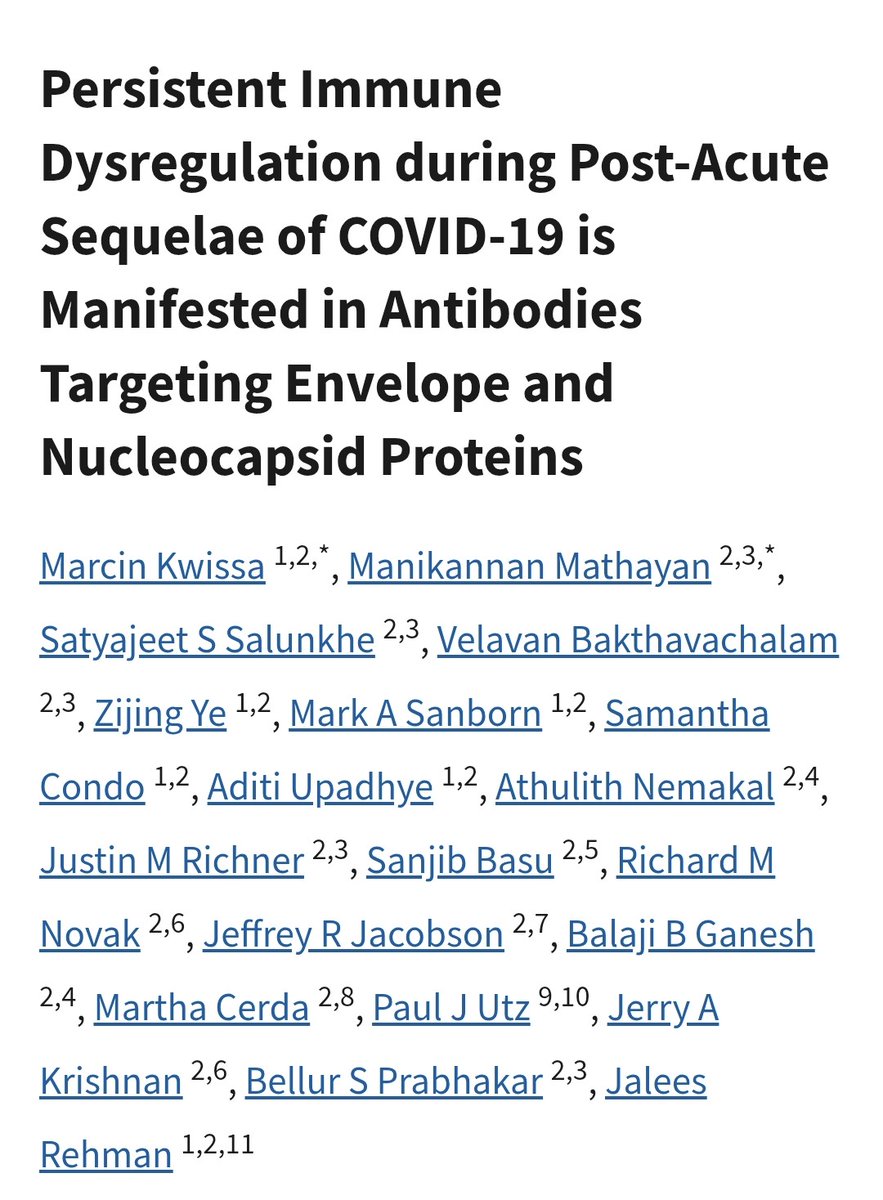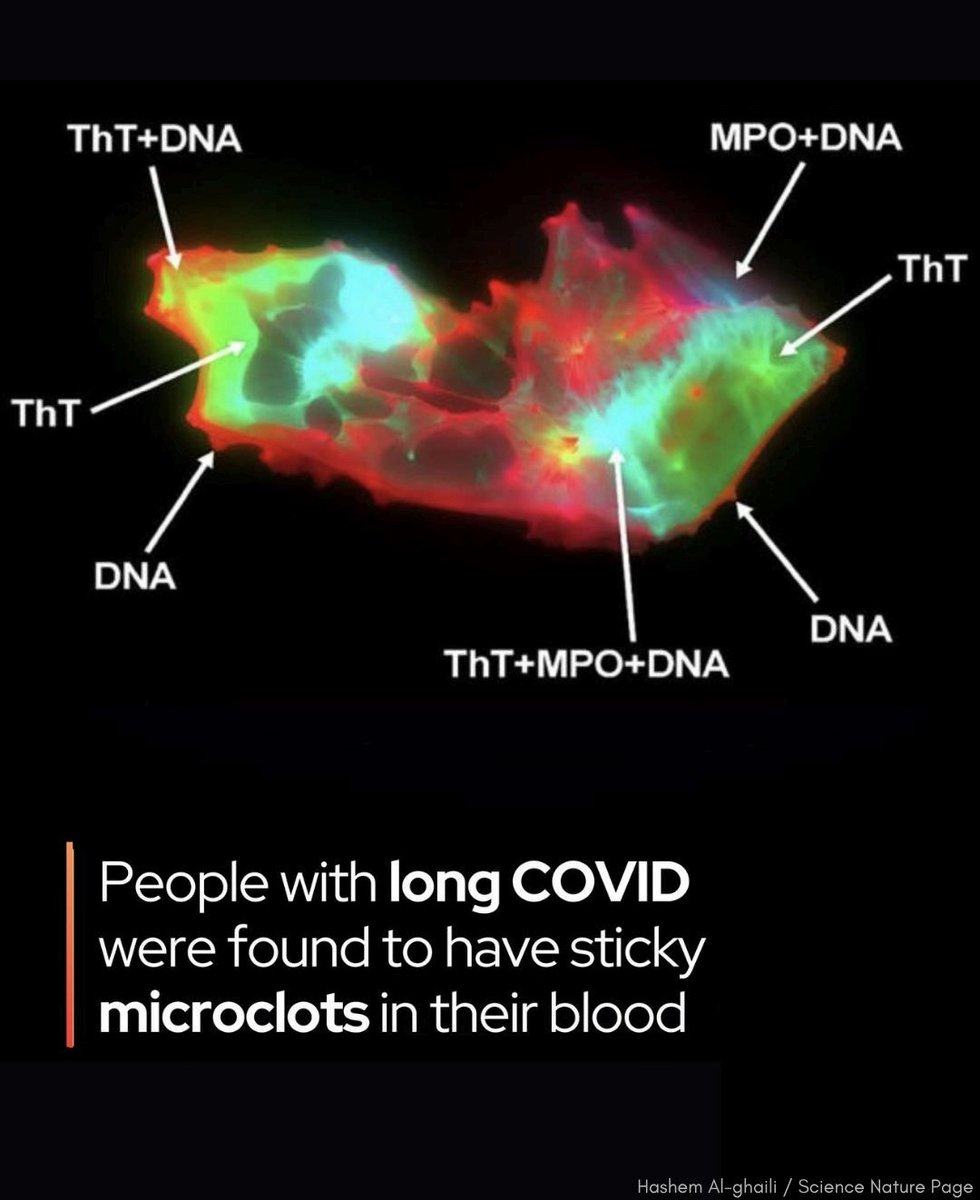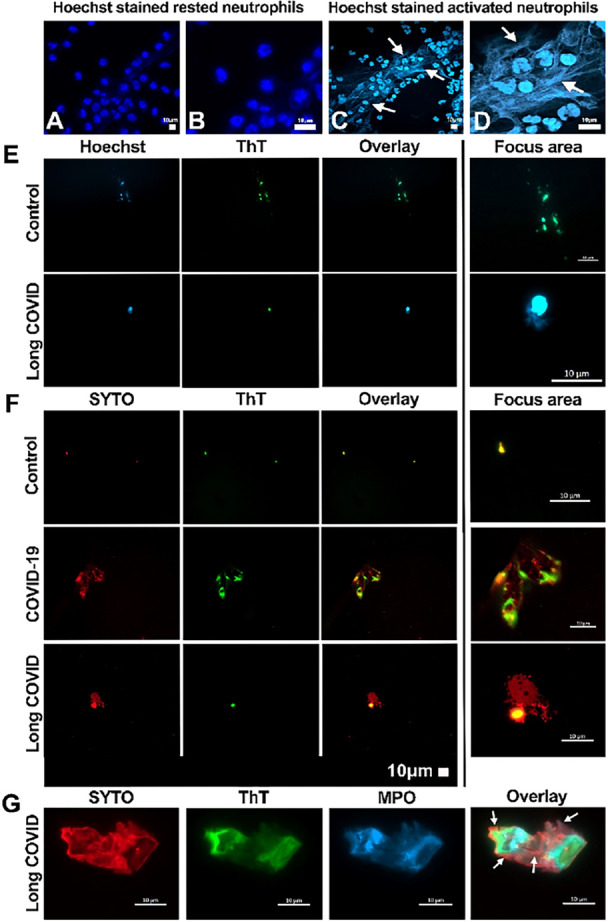𝗥𝗲𝘀𝗶𝗱𝗲𝗻𝘁 𝘁𝗶𝘀𝘀𝘂𝗲 𝗠𝗔𝗖𝗥𝗢𝗣𝗛𝗔𝗚𝗘𝗦
(𝘯𝘦𝘸 𝘴𝘵𝘶𝘥𝘺 H/t @outbreakupdates)
Macrophages encompass a highly diverse set of cells abundantly present in every tissue and organ.
▶️ Resident tissue macrophages (RTMs) are a type of macrophages that reside long-term..
(𝘯𝘦𝘸 𝘴𝘵𝘶𝘥𝘺 H/t @outbreakupdates)
Macrophages encompass a highly diverse set of cells abundantly present in every tissue and organ.
▶️ Resident tissue macrophages (RTMs) are a type of macrophages that reside long-term..
2) ... in specific tissues and organs. They help maintain tissue homeostasis through specialized roles like regulating immune responses, clearing cellular debris, producing growth factors, and participating in metabolic processes.
▶️ Monocyte-derived macrophages: These originate
▶️ Monocyte-derived macrophages: These originate

3) ...from circulating monocytes that enter tissues, differentiate, and adopt more short-term roles like immune responses and repair.
▶️ Inflammation-associated macrophages (iMacs): Subsets of monocyte-derived macrophages involved in acute/chronic inflammation.
▶️ Inflammation-associated macrophages (iMacs): Subsets of monocyte-derived macrophages involved in acute/chronic inflammation.

4) ▶️ Tumor-associated macrophages: Subsets implicated in cancer progression and therapy resistance.
▶️ Some specific macrophage subsets/populations include, Microglia in the brain, Alveolar macrophages in lungs, Kupffer cells in liver, Osteoclasts in bone, Langerhans in skin,..
▶️ Some specific macrophage subsets/populations include, Microglia in the brain, Alveolar macrophages in lungs, Kupffer cells in liver, Osteoclasts in bone, Langerhans in skin,..

5) In this new study, they showed that Resident tissue macrophages (RTMs) are a heterogeneous group of immune cells that inhabit virtually all tissues and organs in the body. They were traditionally thought to only play roles in innate immunity, but ...
science.org/doi/10.1126/sc…

science.org/doi/10.1126/sc…

6) ...research has shown they have important functions in maintaining tissue homeostasis beyond immunity.
RTMs can originate from either embryonic progenitors or fetal monocytes that persist into adulthood.
RTMs can originate from either embryonic progenitors or fetal monocytes that persist into adulthood.

7) Their identity and phenotype are shaped by local environmental cues in each tissue.
Most tissues contain two conserved populations of RTMs - perivascular macrophages (PVMs) that are located near blood vessels. They can be identified by expression of TIM4 or MHCII and ...
Most tissues contain two conserved populations of RTMs - perivascular macrophages (PVMs) that are located near blood vessels. They can be identified by expression of TIM4 or MHCII and ...

8) ... have distinct transcriptional programs tailored to each organ.
- In addition to PVMs, some tissues contain specialized tissue-resident macrophage populations like microglia in the brain or alveolar macrophages in the lungs.
- In addition to PVMs, some tissues contain specialized tissue-resident macrophage populations like microglia in the brain or alveolar macrophages in the lungs.

9) RTM subsets perform division of labor within tissues by mediating distinct physiological processes. For example, microglia regulate synaptic pruning and neural signaling in the brain, while alveolar macrophages clear pulmonary surfactant. 

10) Dysregulation of RTM homeostasis, especially long-term deviation from their normal functions, can lead to or exacerbate chronic inflammatory diseases like Alzheimer's, atherosclerosis, and obesity-related disorders. 

11) In summary, the paper discusses the heterogeneity, tissue-specific functions, and importance of RTMs in maintaining homeostasis and the implications when their functions are disrupted in disease states.
Thanks for reading
Thanks for reading

12) REFERENCE :
"Resident tissue macrophages: Key coordinators of tissue homeostasis beyond immunity"
Thanks to my friend David @DavidJoffe64 as I forgot to attach the study.
Too old the little Frenchy 😂science.org/doi/10.1126/sc…
"Resident tissue macrophages: Key coordinators of tissue homeostasis beyond immunity"
Thanks to my friend David @DavidJoffe64 as I forgot to attach the study.
Too old the little Frenchy 😂science.org/doi/10.1126/sc…
• • •
Missing some Tweet in this thread? You can try to
force a refresh


